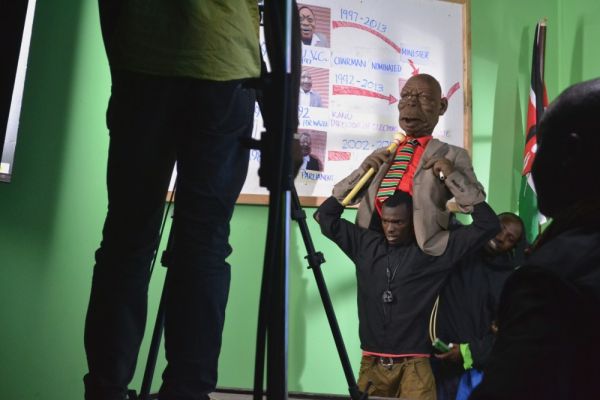Two Weeks in Photos
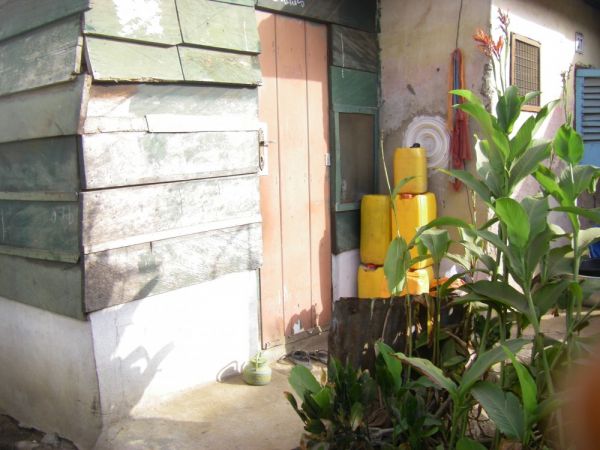
Yellow water tanks stacked by a house in Accra. Once you start looking for them, you see them everywhere. Photo credit: Sharon Benzoni
Over the past two weeks, our bloggers chased down tricycle drivers Manila, visited a Nairobi TV studio where puppets reign and searched high and low for water in Accra. Here are some of the photos they took along the way.
*****
Tricycles are one of the most convenient ways to get around Metro Manila, but their drivers don’t make much money from the ads that adorn their vehicles, and sometimes work for burgers and movie tickets. Photo credit: Purple Romero
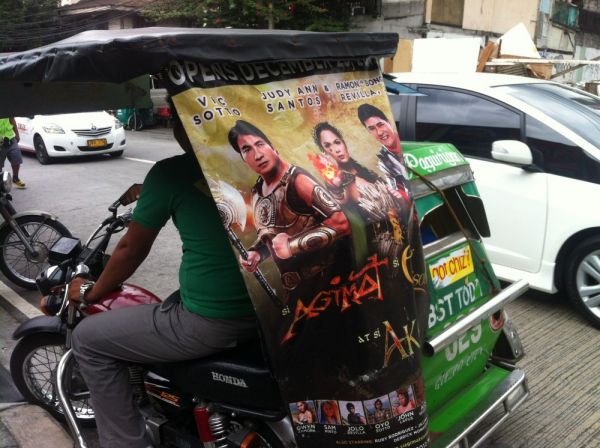
A man sleeps on a bus stuck in traffic in Nairobi. As Kenya’s government devolves, some are hoping the decentralization of authority may help solve problems like the city’s notorious traffic jams. Photo credit: Sam Sturgis
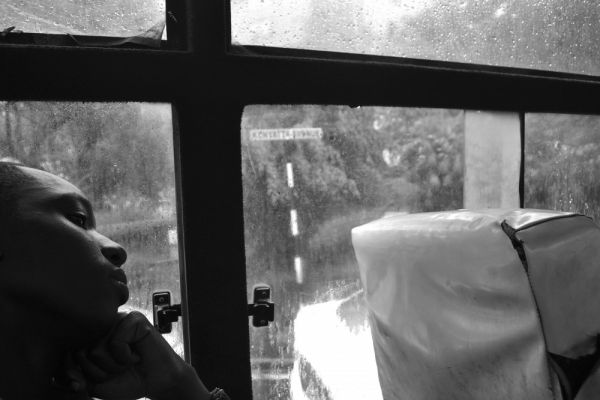
Only a few children made it to class in one of Nairobi’s slums, thanks to rain that made it too muddy to get around. The city’s informal settlements are ill-served by Kenya’s political elites, leading to problems like high absentee rates. Photo credit: Sam Sturgis
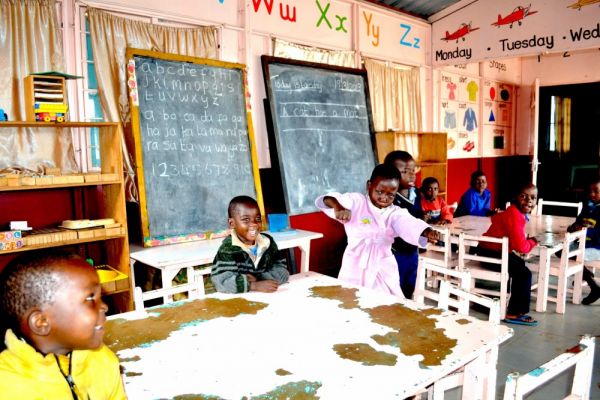
A vision of communal dining in Lima’s future. At “futures” workshops that took place in the city recently, participants imagined how the Peruvian capital might look in 2040. Photo credit: Manuel Vigo
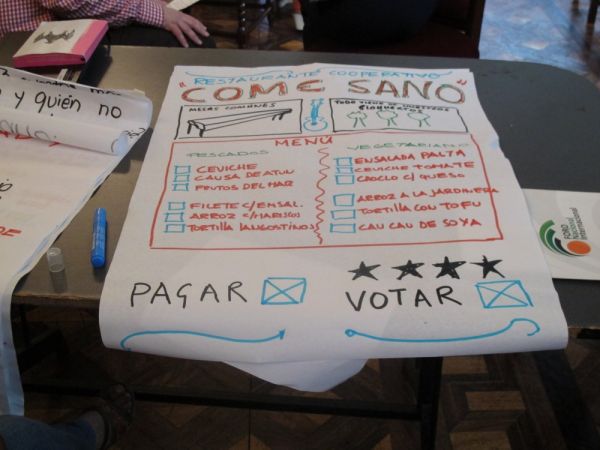
At Nairobi’s futures scenarios workshop, participants envisioned four outcomes for the city in 2040, some good, some ominous. Photo credit: Sam Sturgis
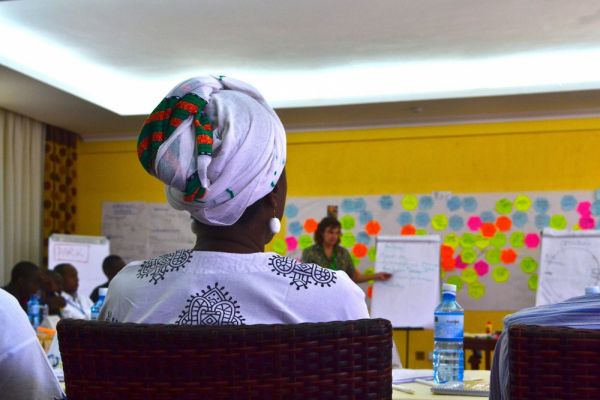
A woman loads up a taxi with meals to sell to Lima’s construction workers. The city’s rapid growth has led to a building boom — much of it informal — creating job opportunities for creative entrepreneurs. Photo credit: Manuel Vigo
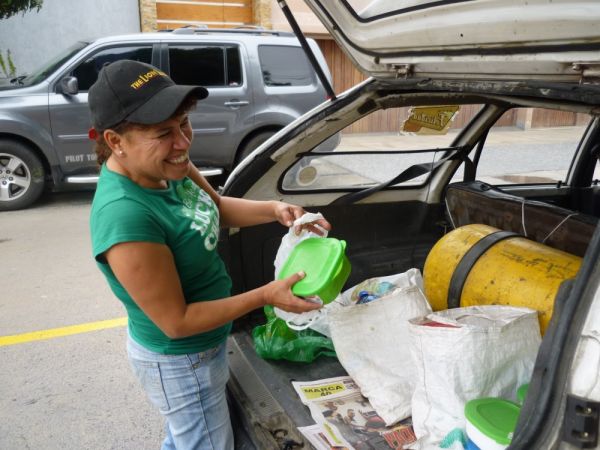
A child drinks from a sachet of water in Accra. The city is constantly short of potable water, and most of the drinkable stuff comes in containers of one form or another. Photo credit: Sharon Benzoni
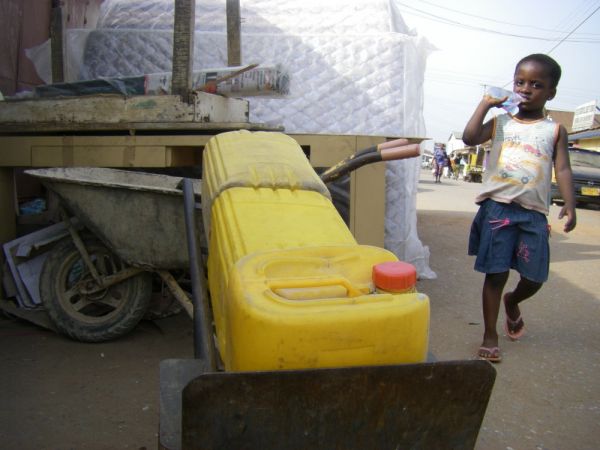
Shooting The XYZ Show in a Nairobi television studio. With puppets as its stars, the program has become an unlikely political force on Africa’s airwaves. Photo credit: Sam Sturgis
